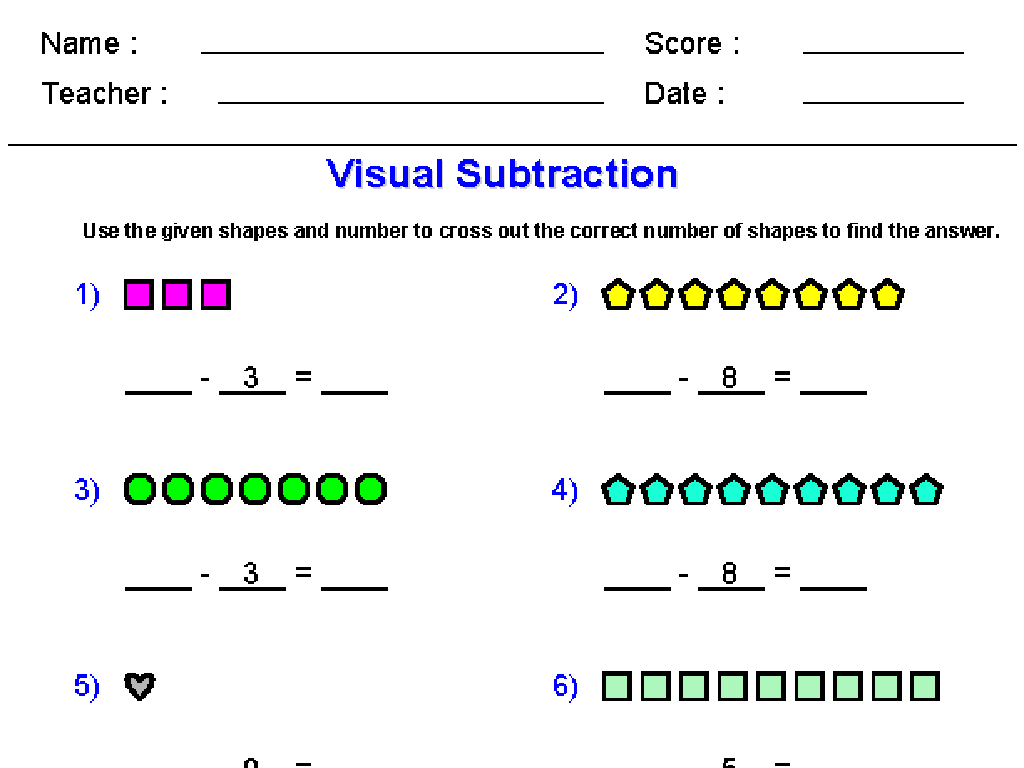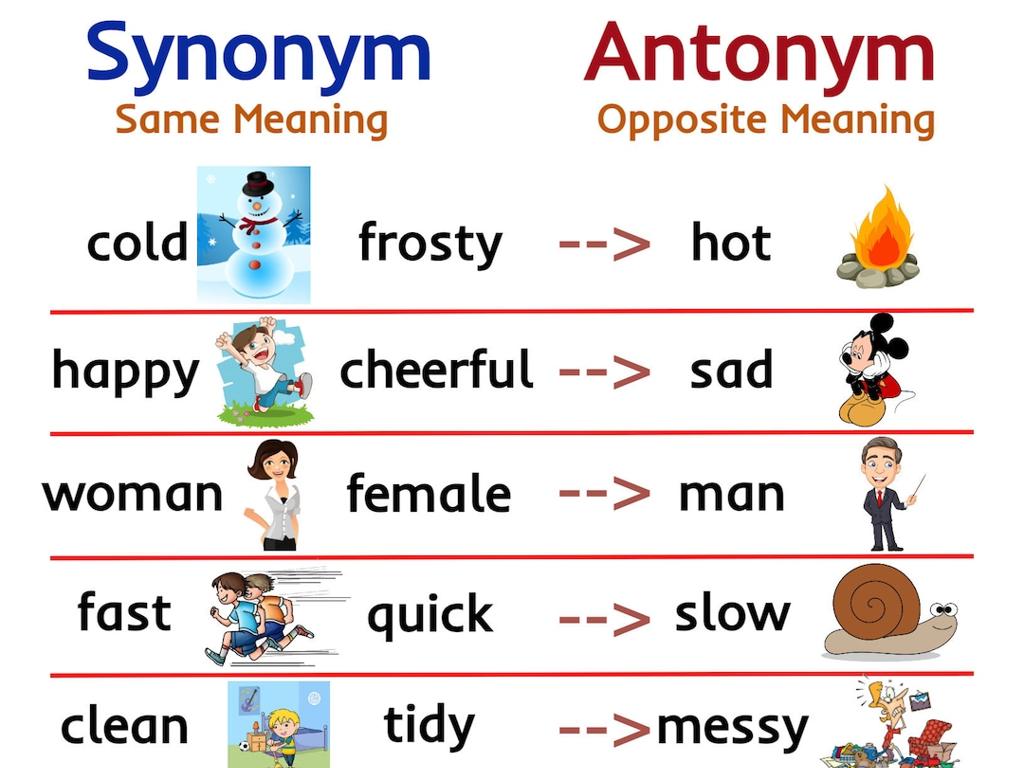Calculate Velocity From Time And Distance
Subject: Science
Grade: Seventh grade
Topic: Velocity, Acceleration, And Forces
Please LOG IN to download the presentation. Access is available to registered users only.
View More Content
Today’s Adventure: Calculating Velocity!
– Understanding motion in physics
– Motion involves velocity, acceleration, and forces
– Defining velocity
– Velocity: speed in a specific direction
– Calculating velocity formula
– Use the formula: velocity (v) = distance (d) / time (t)
– Significance of velocity in motion
– Knowing velocity helps predict future positions
|
This slide introduces the concept of motion, specifically focusing on velocity. Begin by explaining that motion in physics encompasses several components, including velocity, acceleration, and forces. Define velocity as the speed at which an object moves in a particular direction, which is a vector quantity. Teach students the basic formula for calculating velocity, which is the total displacement (distance moved in a specific direction) divided by the time it takes to move that distance. Emphasize the importance of velocity in understanding how objects move and interact, and how it allows us to predict where an object will be in the future. Encourage students to think of real-life examples where velocity is an important factor, such as in sports or driving.
Understanding Velocity
– Velocity: Speed with direction
– Velocity includes both how fast and where an object is moving, like 20 mph north.
– Speed vs. Velocity: What’s different?
– Speed is how fast something moves; velocity adds direction to speed.
– Real-world velocity examples
– A car going straight on a highway or a ball thrown upwards.
– Calculating velocity formula
– Use the formula: velocity = distance/time, with direction noted.
|
This slide introduces the concept of velocity, which is a fundamental part of understanding motion in physics. Velocity is not just about speed; it’s speed in a specific direction, which is crucial for predicting future positions of moving objects. The difference between speed and velocity is that velocity includes direction, making it a vector quantity. Provide real-life examples such as cars moving on a highway or objects being thrown to illustrate the concept. Finally, introduce the formula for calculating velocity, emphasizing the inclusion of direction. Encourage students to think of their own examples and to practice using the formula with different scenarios.
Calculating Velocity
– Velocity formula: V = D/T
– V represents velocity, D is distance traveled, and T is time taken.
– Units: meters per second (m/s)
– Velocity is measured in m/s, but can also be km/h for larger distances.
– Distance: space between two points
– Distance is how far an object has moved, measured in meters (m).
– Time: duration of travel
– Time is how long the object took to move, measured in seconds (s).
|
Introduce the concept of velocity as a measure of how fast an object is moving. Explain the formula for velocity (V = D/T), where ‘V’ stands for velocity, ‘D’ for distance, and ‘T’ for time. Emphasize the importance of consistent units when calculating velocity, typically meters per second (m/s) in science. Clarify the concepts of distance as the total space traveled between two points and time as the duration from start to finish of the movement. Provide examples, such as a car traveling 100 meters in 5 seconds, and ask students to calculate the velocity. This will help them understand how to apply the formula and the significance of units in the context of velocity.
Calculating Velocity: Step by Step
– Identify the distance covered
Distance is how far an object moves.
– Measure the time taken
Time is the duration the object was moving.
– Apply the velocity formula
Velocity = Distance ÷ Time.
– Work through examples
Example: If a car travels 150 meters in 5 seconds, its velocity is 150m ÷ 5s = 30m/s.
|
This slide is aimed at teaching students how to calculate the velocity of an object by following a step-by-step process. Start by explaining how to measure the total distance an object has traveled. Then, discuss how to accurately measure the time taken for the journey. Introduce the formula for velocity, which is the distance divided by the time taken. Provide examples to illustrate the concept, such as calculating the velocity of a car or a runner. Encourage students to solve these examples and come up with similar problems to ensure they grasp the concept of velocity calculation.
Calculating Velocity: Practice Session
– Example: Car’s velocity calculation
– If a car travels 150 meters in 5 seconds, its velocity is 30 m/s.
– Group Activity: Runner’s velocity
– In groups, measure time for a 100m dash and calculate velocity.
– Discuss factors affecting velocity
– How do mass, force, and friction influence a runner’s velocity?
– Understanding velocity’s role
|
This slide is designed for a collaborative and interactive class session on calculating velocity. Start with a guided example problem where you calculate the velocity of a car given the distance traveled and time taken. This will help students understand the formula for velocity (velocity = distance/time). Next, move on to a group activity where students will calculate the velocity of a runner during a 100-meter dash. This hands-on experience reinforces the concept and allows students to apply the formula. After the activity, lead a discussion on various factors that can affect velocity, such as mass, force, and friction, and how they relate to everyday experiences. Encourage students to think critically about how these factors play a role in different scenarios. The goal is to solidify their understanding of velocity in a practical context.
Understanding Velocity in Different Contexts
– Velocity varies with situations
– E.g., a car accelerating vs. cruising
– Forces impact on velocity
– Gravity can increase or decrease velocity
– Velocity observed in nature
– Birds adjust velocity during flight
– Technological applications of velocity
– Speedometers measure velocity in vehicles
|
This slide aims to provide students with a comprehensive understanding of velocity and its variability in different contexts. Begin by explaining that velocity is not just speed, but speed in a specific direction, and it can change depending on the situation, such as a car accelerating or moving at a constant speed. Discuss how forces, like gravity, can affect an object’s velocity, either speeding it up or slowing it down. Provide examples from nature, such as how birds change their velocity when flying. Finally, relate the concept to technology that students are familiar with, like how speedometers in cars and other vehicles measure velocity. Encourage students to think of other examples where they observe velocity in their daily lives.
Class Activity: Velocity Race!
– Measure distance and time
– Use a stopwatch and meter stick
– Calculate object velocity
– Velocity = Distance ÷ Time
– Present findings to class
– Share how you calculated velocity
|
This interactive class activity is designed to help students understand the concept of velocity by measuring the distance and time of objects in motion and then calculating their velocity. Provide students with stopwatches and meter sticks to measure the time and distance. Once they have their measurements, guide them to calculate the velocity using the formula Velocity = Distance ÷ Time. Encourage accuracy in measurement and calculation. Afterward, have each group present their findings to the class, explaining their process and results. This will reinforce their understanding and allow for peer learning. Possible variations of the activity could include using different objects, varying distances, or adding obstacles to make the activity more challenging and engaging.
Wrapping Up: Velocity in Motion
– Recap: Velocity calculation
– Velocity = Distance ÷ Time
– Velocity’s role in daily life
– From driving to sports, velocity is everywhere
– Key lesson takeaways
– Understanding velocity is crucial for predicting motion
– Looking ahead: Acceleration
|
As we conclude today’s lesson, it’s important to review the formula for calculating velocity, which is the distance an object travels divided by the time it takes. Emphasize the practical applications of velocity in everyday life, such as in transportation and sports, to help students connect the concept to real-world scenarios. Highlight the key points we’ve covered to reinforce their understanding of velocity. Finally, generate interest for the upcoming lesson on acceleration by briefly explaining that it deals with how quickly an object speeds up or slows down. Encourage students to think of examples of acceleration they may have observed, setting the stage for an engaging next class.






